Whether you’re visiting Italy or returning home there from a trip overseas, you’ll most likely have to get tested for coronavirus, quarantine, or both.
Here’s what you need to know about the different rules for different countries, the kind of tests you’ll need, how to quarantine, and who’s exempt.
READ ALSO: Italy cuts quarantine time for travellers from the UK and Austria
San Marino and Vatican City
- Tests required: None
- Days in quarantine: None
Congratulations: if you’re entering Italy from one of these two tiny states within its borders, you’re some of the only travellers in the world who neither have to get tested nor quarantine.
EU or Schengen Zone
- Tests required: 2
- Days in quarantine: 5
As of March 31st and until at least April 30th, people arriving from any other member of the European Union or Schengen Zone have to test negative for coronavirus no more than 48 hours before arriving in Italy, then spend five days in quarantine regardless. You must then take another test after self-isolating.
READ ALSO: Italy imposes quarantine for all travellers arriving from EU
The requirement applies to everyone who is departing from or has passed through one of the following countries in the past 14 days: Andorra, Belgium, Bulgaria, Cyprus, Croatia, Czech Republic, Denmark, Estonia, Finland, France, Germany, Greece, Hungary, Iceland, Ireland, Latvia, Liechtenstein, Lithuania, Luxembourg, Malta, Monaco, the Netherlands, Norway, Poland, Portugal, Romania, Slovakia, Slovenia, Spain, Sweden, Switzerland.
Travellers from Austria are subject to separate rules (see below).
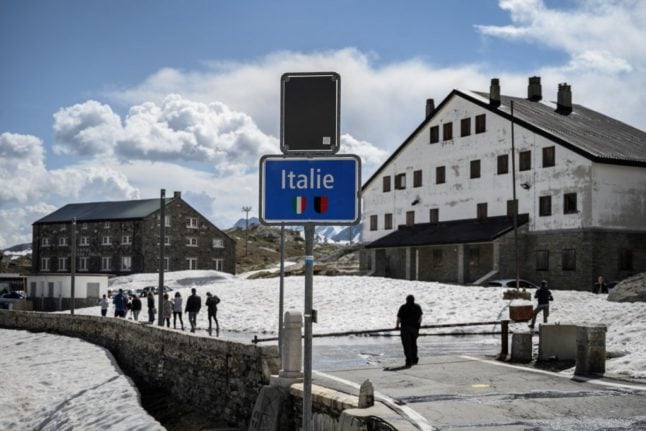
Austria
- Tests required: 2
- Days in quarantine: 5
From April 6th, Italy has shortened the required quarantine time for most travellers from Austria from 14 days to five.
If you’ve spent more than 12 hours in Austria in the 14 days before coming to Italy, you’ll have to test negative no more than 48 hours before travelling. You must then spend five days in quarantine, then get tested a second time after self-isolating.
People arriving in Italy from the Austrian state of Tyrol, however, must continue to self-isolate for a full 14 days.
United Kingdom
- Tests required: 2
- Days in quarantine: 5
From April 6th, Italy has shortened the required quarantine time for travellers from the UK from 14 days to five.
If you are entering Italy from Great Britain or Northern Ireland, you need to test negative no more than 48 hours before travelling, then spend five days in isolation. You must get tested again after completing your quarantine.
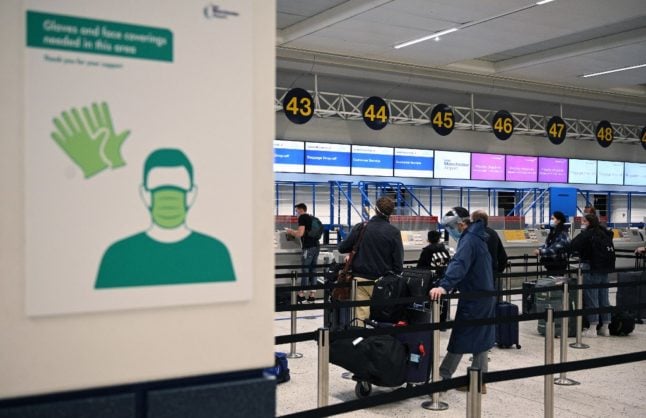
Israel
- Tests required: 2
- Days in quarantine: 5
As of April 6th, people arriving from Israel are now subject to the same rules as travellers from the EU or Schengen Zone: they must test negative no more than 48 hours before arriving, then quarantine for five days, and finally get tested a second time.
Brazil
- Tests required: 3
- Days in quarantine: 14
Travellers who are eligible to return to Italy from Brazil have to test negative no more than 72 hours before travelling and again no more than 48 hours after they arrive.
Even with two negative tests, you must spend 14 days in quarantine, then get tested a third time after self-isolating.
Australia, New Zealand, Rwanda, Singapore, South Korea, Thailand
- Tests required: None
- Days in quarantine: 14
If you’re travelling to Italy from one of these ‘low-risk’ countries, you’ll have to go into quarantine for two weeks on arrival. You are not required to get tested at any point.
Rest of world
- Tests required: None
- Days in quarantine: 14
If you meet the requirements to enter Italy from any other country not already specified, you need to quarantine for two weeks on arrival. You are not required to get tested at any point.
Passengers on ‘Covid-tested’ flights from the United States
- Tests required: 2
- Days in quarantine: None
People flying from New York (JFK airport) or Atlanta (ATL) to Rome (FCO) or Milan (MXP) on one of the special ‘Covid-tested’ services offered by Alitalia, Delta and American Airlines are required to test negative no more than 48 hours before boarding. They are then tested again when they land in Italy.
Provided both tests are negative, they can skip quarantine.
READ ALSO: Italy hopes to expand ‘Covid-tested’ flights to more countries
The usual entry requirements continue to apply, however, meaning that only returning residents or people with an essential reason are eligible to take these flights.
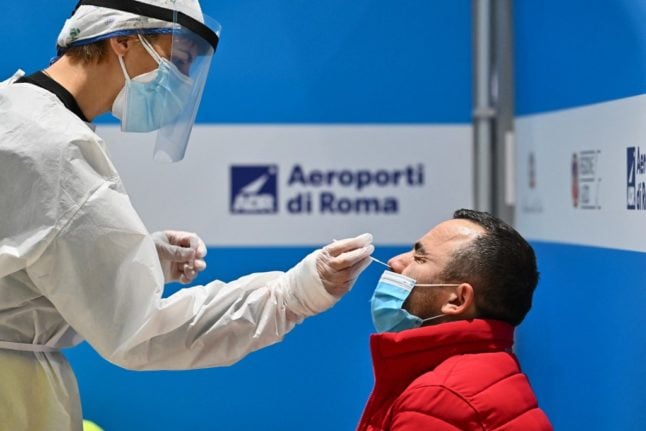
What kind of coronavirus tests does Italy accept?
Both molecular (PCR) and rapid antigen tests are valid for the purposes of entering Italy. Test results do not need to be in Italian.
How should I quarantine?
Travellers who are subject to quarantine should report the address where they plan to self-isolate to the local heath authorities on arrival, then make their way to it using only private transport, such as a taxi.
They must then remain inside for the duration of the quarantine period, avoiding contact with anyone else who shares the accommodation.
READ ALSO: ‘What it was like to quarantine in Italy after arriving from the US’
If you’re arriving in Italy by public means, you should be given a form to fill in at the airport, station or ferry terminal where you land to notify the relevant authorities of your contact details. If not, or if you cross the border by car, you’ll need to contact your destination’s local health authority yourself: find instructions here.
Are there any exceptions?
Cross-border workers, transport crew, business travellers and people briefly transiting through Italy are usually exempt from quarantine and may be exempt from testing, depending on where they’re travelling from and how long they plan to stay.
You may need to apply for special authorization from the Italian Health Ministry to demonstrate that you qualify. Check the requirements on the ministry’s website (in English).
There are no special exceptions for people who have been vaccinated against Covid-19. EU plans for a ‘health passport’ remain in the early stages, and will likely take several more months to finalize.
Please note that The Local is unable to advise on specific situations. You can find the latest Italian government travel information for your country here, or contact your embassy for further information.
Find all our latest news updates on travel to, from and within Italy here.

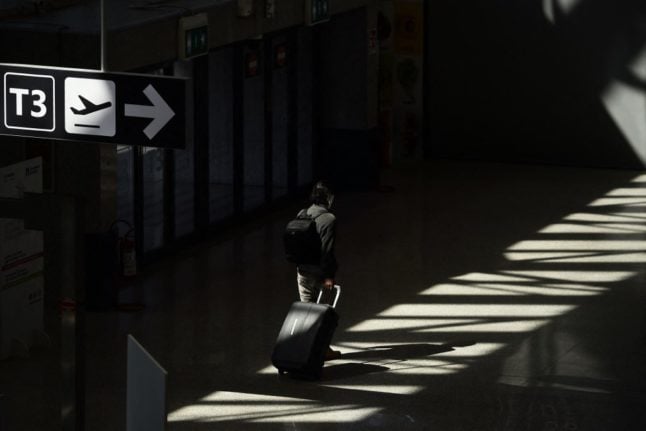
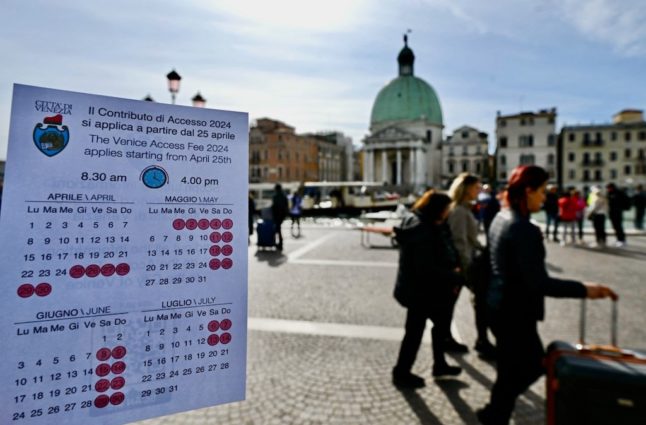
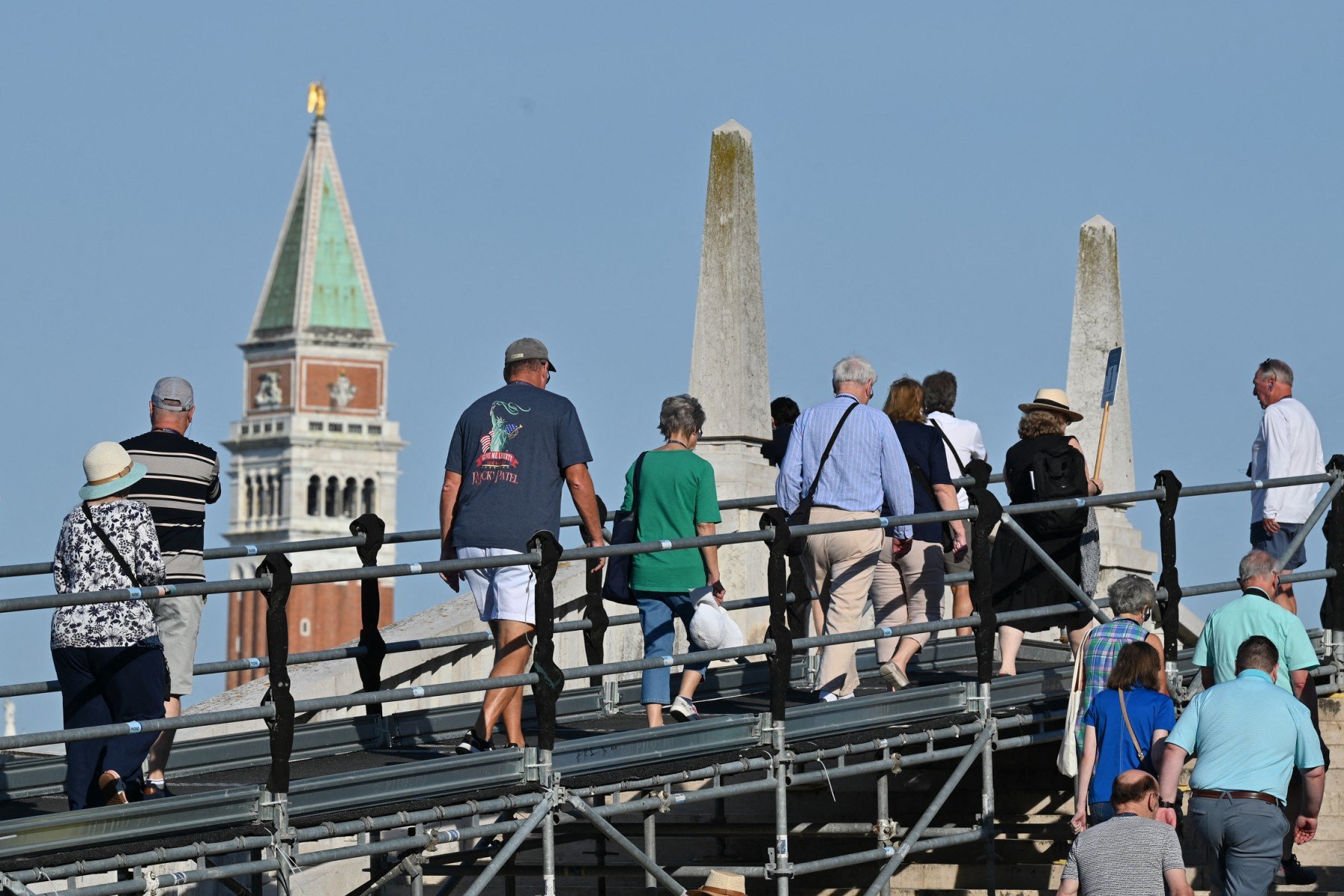
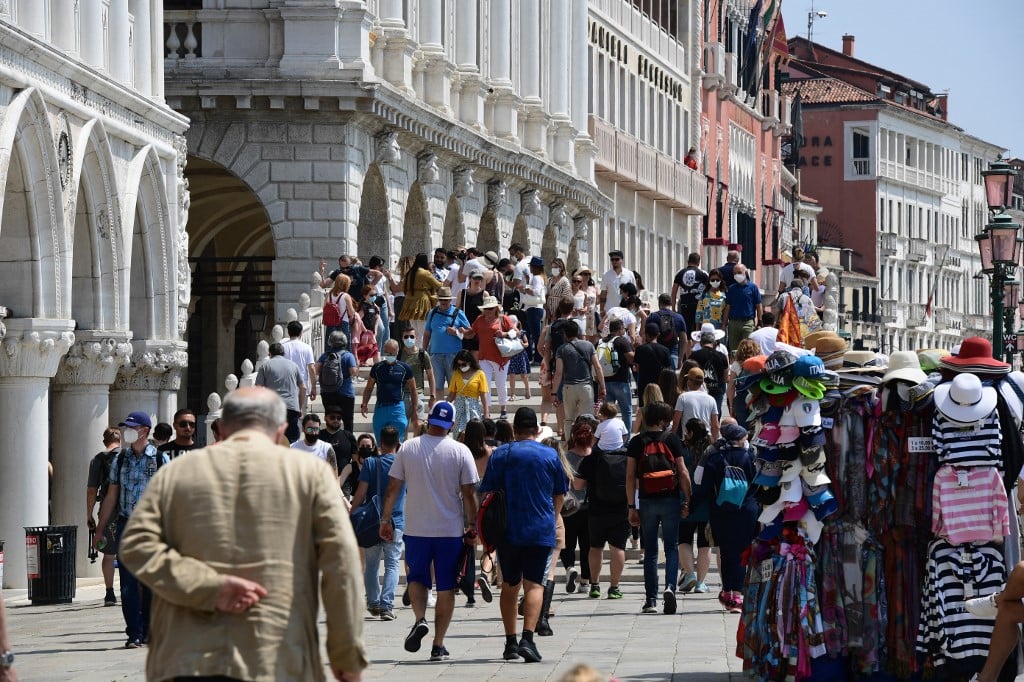
 Please whitelist us to continue reading.
Please whitelist us to continue reading.
Is anyone aware if the 14 day uk quarantine will be reduced soon, given the very low rates and vaccination programme in the UK?
Probably for as long as possible. It’s called ‘sour grapes’.
I do hope that is the case, but I am assuming that they are afraid of the UK variant (that is with lots of cases there) as we are afraid of the South African variant, and in SA they don’t have too many cases now and we have some cases here of that variant… but we are still not taking SA from the list…. unfortunately bc I am desperate to go to my second home!
Why are they ignoring vaccination? IMHO European countries need to recognize vaccination as the way out of the epidemic and that vaccinated people (fully vaccinated, 2 weeks post dose 2) pose very low risk.
I don’t see in this article the mention of essential travel only for Americans, does this mean the end is in sight or that it was accidentally omitted?
Hi Stacy,
If you take another look you’ll spot that the article specifies that travellers from the rest of the world, including the US, still need to meet Italy’s entry requirements – namely having an essential reason to travel. This has not changed.
You can find more information about the travel rules for Americans here: https://www.thelocal.it/20210112/when-will-americans-be-allowed-to-travel-to-italy-again-update/
Thanks for reading,
~ Jessica at The Local
I also don’t understand why 2 week post second vaccine dose doesn’t allow entry. I live in Graubünden on the Italian borders, and my Kanton allows re-entry from Italy without quarantine if fully vaccinated.
How does Sardinia fit into this scheme?
Can I go from Rome to Thessaloniki, Greece and back by car? I have an Italian Permesso Sogiorno.
Travel from UK to Italy now 5 day quarantine. However, you say a test in the UK no more than 48 hours before travel. Is this an error? On other sites it states 72 hours? The other big question is will I get a response?
Hi Kevin,
Not an error: as of April 7th travellers from the UK now follow the same timeframe as travellers from the EU, namely a test 48 hours before arrival, five days in quarantine and a second test after isolating.
You can find more information about how Italy’s rules for travel from the UK have changed here: https://www.thelocal.it/20210407/explained-how-has-italy-changed-its-travel-rules-for-the-uk/
Thanks for reading,
~ Jessica at The Local
The Gov.uk website says that testing prior to entry to Italy is only required if you arrive by plane. Also, it states that entry is no longer restricted to residents or for reasons of absolute necessity.
Hi Penny,
For UK travellers testing is mandatory 48 hours before arriving in Italy, however you’re travelling – *not* only by plane.
That’s confirmed by the Italian government here: http://www.salute.gov.it/portale/nuovocoronavirus/dettaglioContenutiNuovoCoronavirus.jsp?lingua=english&id=5412&area=nuovoCoronavirus&menu=vuoto&tab=3
Thanks for reading,
~ Jessica at The Local
So wanting to get back to my home in Italy. As a Canadian it is tough to travel right now. Might you have any insight into defining what is an essential reason? I have not seen my home for over a year, and wish to ensure all is ok. If it was on fire, I guess that would be essential, but to ensure all is working , is that an essential reason?
This needs to be updated as entry requirements have changed since the 19 April, regarding testing and quarantine.